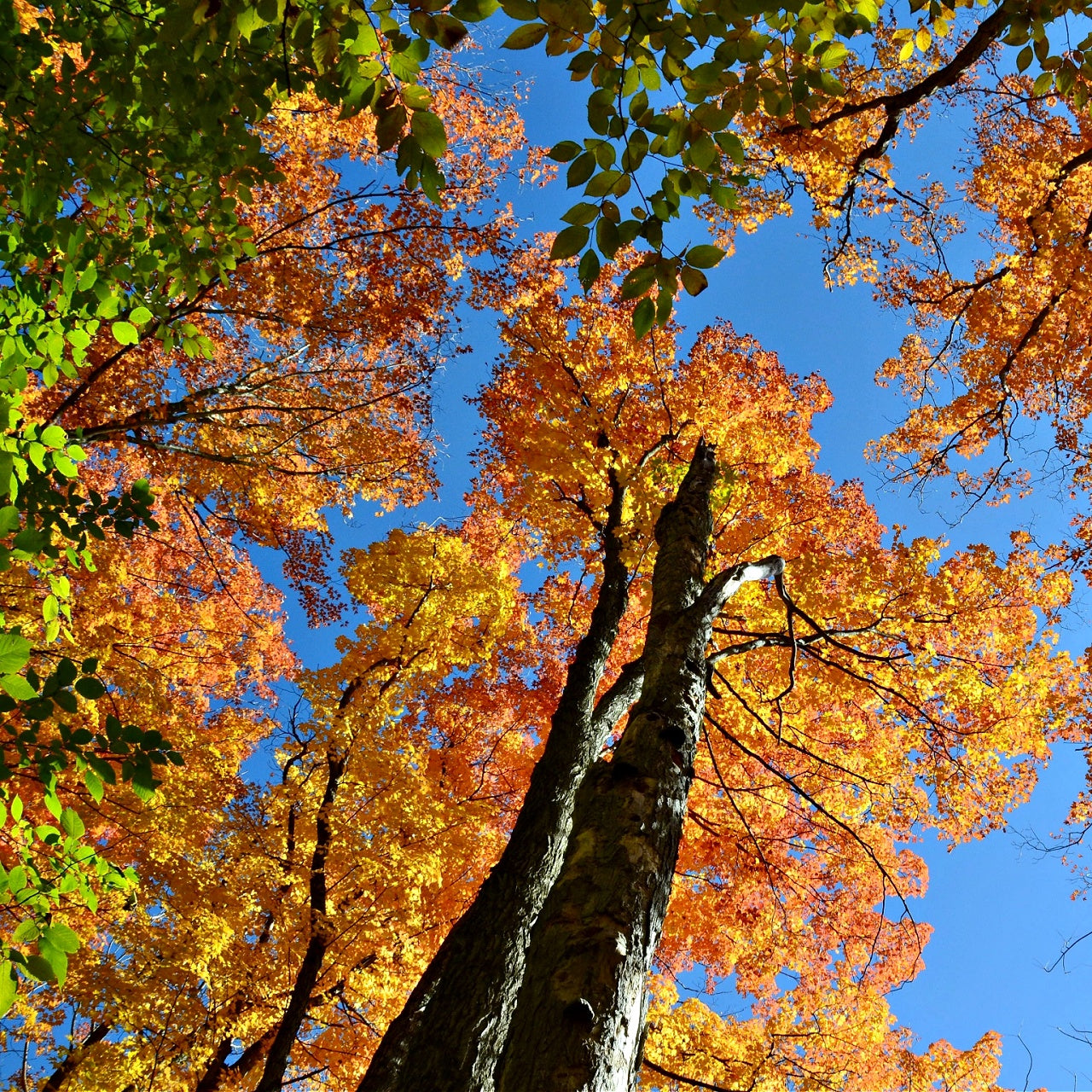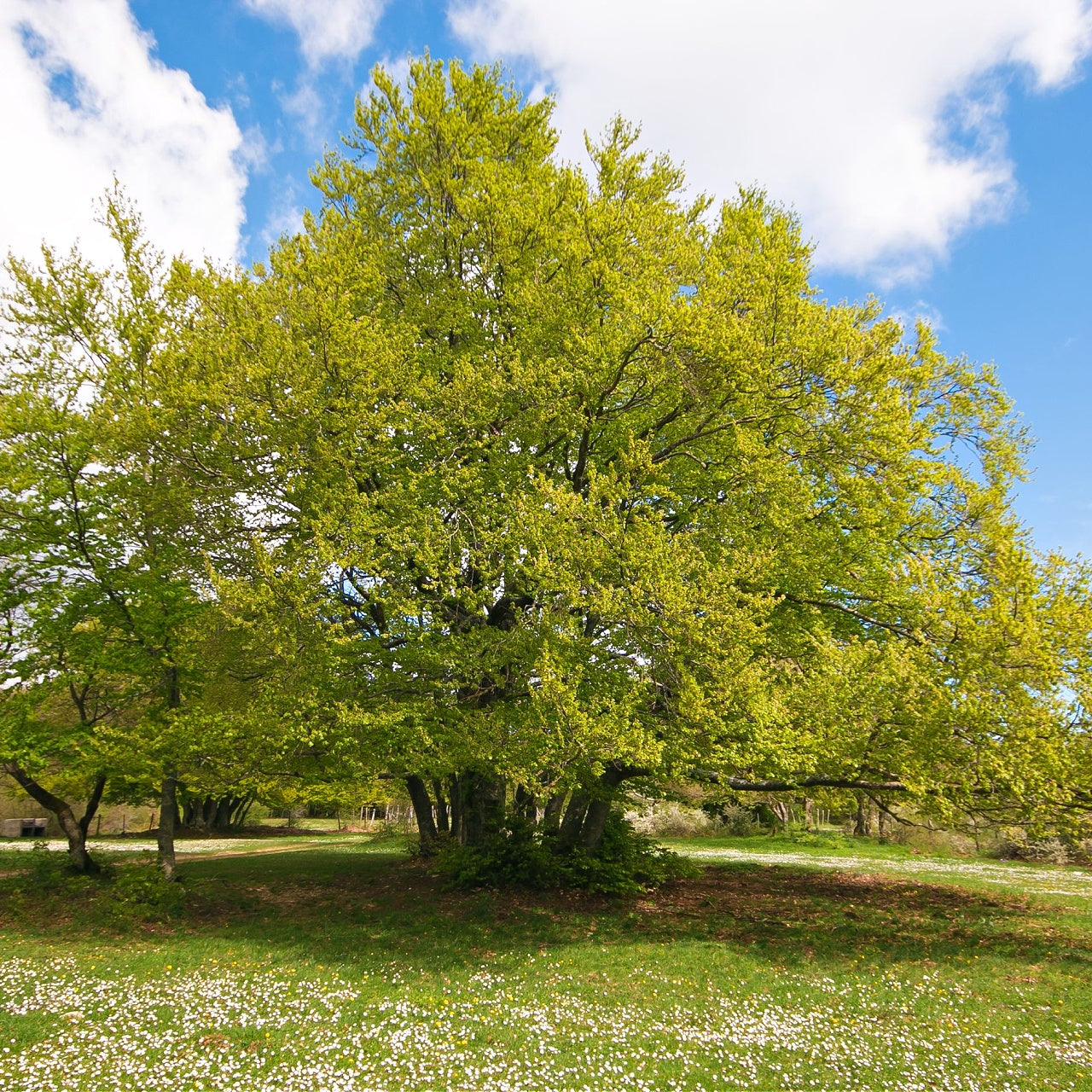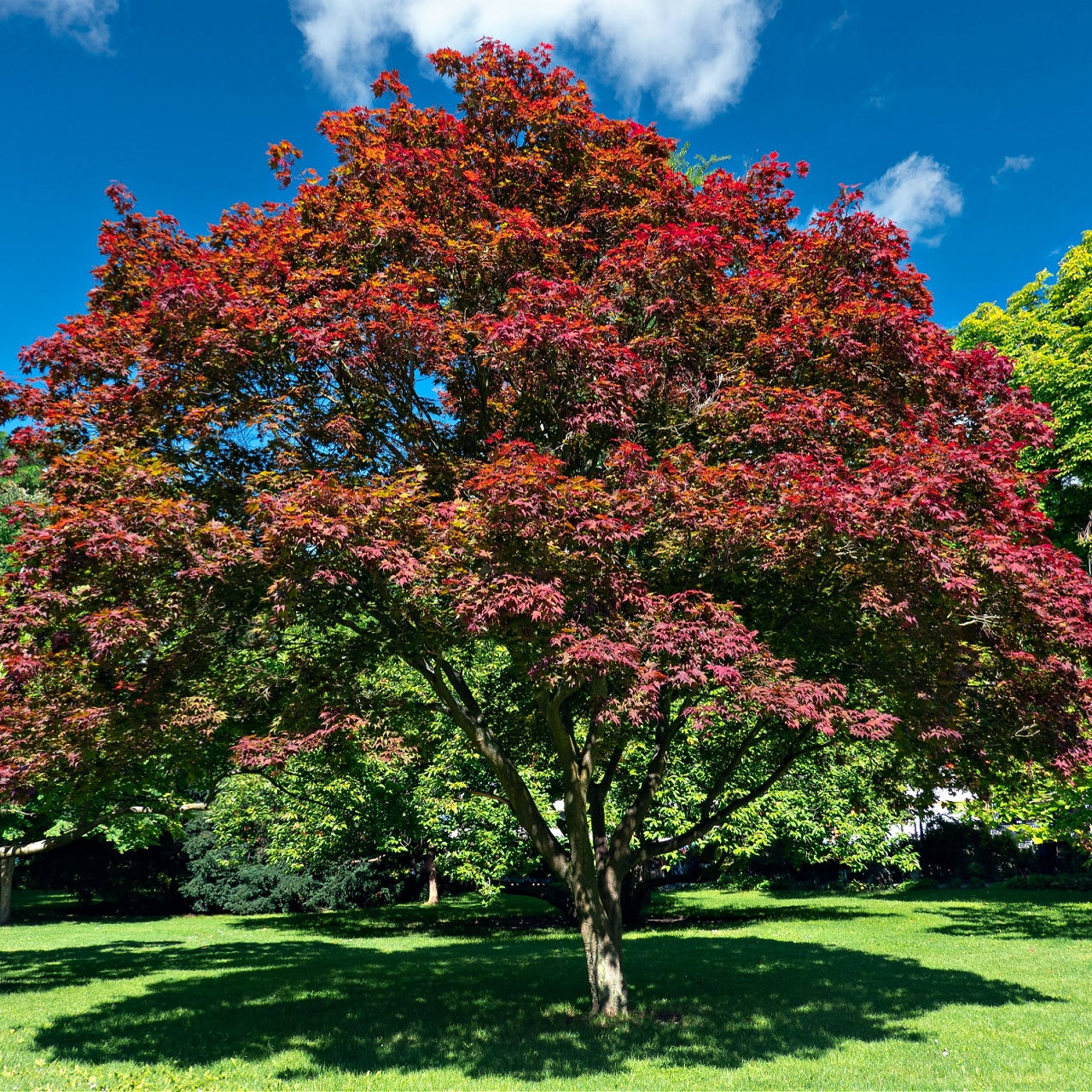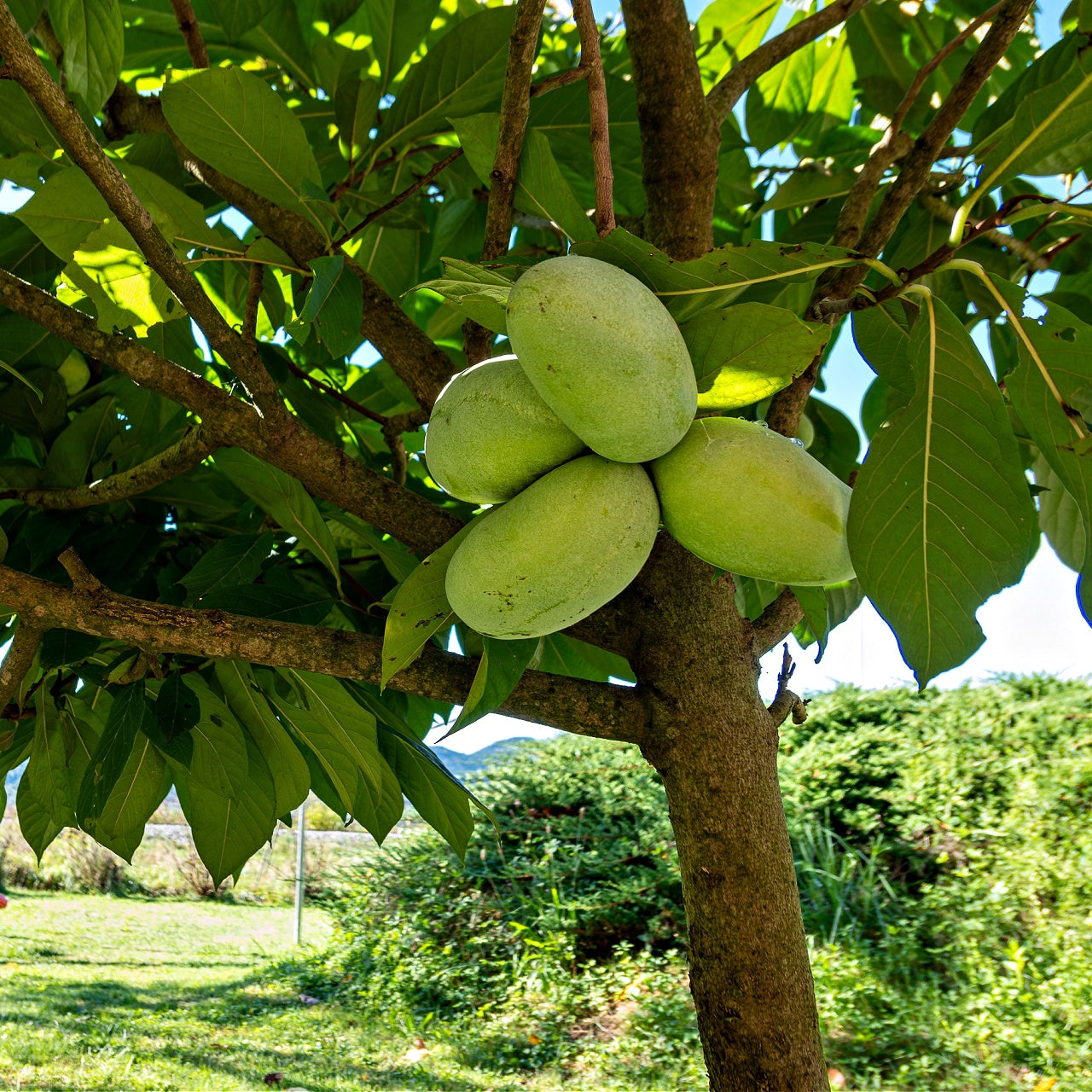
Creating a Vibrant Blue Flower Garden
Creating a Vibrant Blue Flower Garden
A garden abounding with emerald green flowers is magical, a place of rest, beauty and even whimsy. Blue flowers are more uncommon than other colors, so they're doubly appealing for landscaping and garden decor. Whether you want to plant a peaceful retreat, add interest to your garden or collect pollinators, blue flowers can be the key. We'll look at which varieties of blue flowers are best for your garden, how to plant and maintain them, and how to create a blue garden that will be eye catching year round.
Why Blue Flowers
The beauty of blue flowers lies in the way they make you feel calm, relaxed, peaceful. Blue is often thought of as sky, as sea, as openness, as repose. Adding blue flowers to your garden can:
- Create a peaceful atmosphere.
- Look great against reds, oranges and yellow flowers.
- Balance greens, silvers and whites so that your yard will appear seamless and new.
- Attract pollinator friendly bees, butterflies, and hummingbirds.
The Best Blue Flower Plants for Your Garden
Hydrangea (Hydrangea macrophylla)
Bloom period: Late Spring/Fall.
Sun needs: Semi-to-full Sun to Partially to completely bright Sun.
Conditions: Dry, well-drained and not too acidic soil.
Hydrangeas are famous for their large, globelike flowers that can be baby blue or deep cobalt. The soil should be acidic (pH 5.5 and lower) for blue flowers. Hydrangeas have enduring flowers, and their heads are large, so they're perfect as accent plants in your yard or hedges for privacy.
Blue Delphinium (Delphinium elatum)
Bloom time: Early summer
Sun requirements: Full sun
Soil requirements: Well-drained, fertile soil
Delphiniums add regal charm to the garden. They are suffused with deep blue flowers, which will be interesting up-wind. They are border-loving and cold hardy, although they are a tall plant that must be staked.
Bachelor's Button (Centaurea cyanus)
Bloom time: Spring to summer Sun requirements: Full sun
Soil requirements: Well-drained soil, drought-tolerant
Bachelor's Button (cornflower) is a pale, ragged-blue flower. They are easy to sow from seed and brighten up a wildflower or cottage border with a splash of blue. They are bushy and carefree, perfect for an informal appearance, and they also draw butterflies and bees.
Bluebeard (Caryopteris x clandonensis)
Bloom season: Late summer to early fall.
Sun requirements: Full sun
Soil requirements: Well-drained soil
Bluebeard, also known as blue mist shrub, is a low-maintenance perennial shrub that will give you a touch of blue when other plants have died down. It's compact so it's great for small gardens or pot-planting. Their wispy, blue flowers are very pollinator-friendly, so this is a wonderful plant for wildlife-friendly gardens.
Forget-Me-Nots (Myosotis sylvatica)
Season of Bloom: From spring into early summer.
Sun need: Partially to mostly shade.
Soil requirements: Moist, well-drained soil
Forget-Me-Nots are little flowers with pale blue petals and yellow centers. These biennials are ephemeral and can be planted in woodland or shade gardens. They are beautiful, natural, and look wonderful next to hostas and ferns, so they are a great tree cover.
Blue Anemone (Anemone blanda)
Bloom time: Early spring
Sun needs: Sunny to part shade.
Soil requirements: Well-drained, humus-rich soil
Blue Anemone is one of the first flowers to bloom and gives us some blue in early spring when all the other flowers are gone. These perennials are low growing, perfect for borders, rock gardens or container gardens. They grow with daisy like flowers that are ad-hoc but attractive and easily cultivable in the garden.
Designing a Blue Flower Garden
If you have a blue flower garden to plan, balance, structure and contrast should be on your agenda. To build a visually beautiful blue flower garden, here are a few tips:
Mix Shades of Blue
There are many varieties of blue flowers, from powder blues to deep indigo. Shades in different shades will give your garden dimension. Pair pale blues such as Forget-Me-Nots with darker blues such as Blue Delphinium to form a harmonious color scheme.
Incorporate Complementary Colors
The blues will still be beautiful if you are in a garden that is just blue flowers but add complementary colors and they will also stand out even more. Oranges and yellows are also striking against blue to add contrast and vibrancy. Pair blue hydrangeas with golden daylilies or orange marigolds for a splash of color.
Layer Your Plantings
Combine blue flowers in different heights to have a full and dense garden. Plants such as delphiniums and hydrangeas at the back of your beds, medium-height plants such as Bluebeard in the middle, and small ones such as Blue Anemone and Forget-Me-Nots in the front. This method makes every flower come to life and your garden looks cohesive and organized.
Add Greenery and Silver Foliage
Blue flowers are particularly beautiful against silver or grey foliage - lamb's ear (Stachys byzantine) or dusty miller (Senecio cineraria). These cool-climate flowers contrast well with blue blooms. - green plants can be a neutral background with the blue flowers taking center stage.
Attract Pollinators
Many blue flowers like Bachelor's Button and Bluebeard beckon bees and butterflies. Plant flowers with time-varying blooms so that there are flowers available to pollinators all year round if you want a garden that is pollinator friendly. There is also the possibility of including a waterhole (such as a birdbath or shallow dish filled with rocks) for wildlife to enjoy.
How To Treat Blue Flowers Care And Taking Proper Maintenance
Care for blue flowers is easy but it's crucial to remember their special needs. Here are some quick tips:
Watering: Blue flowers like regular moisture, but be sure to drain the soil to avoid root rot. Mulching keeps soil damp, saving you watering more frequently.
Plants that need mildly acidic soil: A lot of blue-flowered flowers, such as hydrangeas, do best in slightly acidic soil.
Pruning: Deadhead flowers that have gone unused to promote new flowering and tidy up your plants. In perennials such as delphiniums, pruning off the blooms will create a second flush of flowers in late summer.
Fertilizing: Apply a slow-release fertilizer that's well balanced in the spring for vigorous growth and blooms. Try not to over-fertilize, which will make it dense with greens but few flowers.
Your garden can be a blue flower garden and it can be a serene and mystical wonderland. Choose a mix of blue-flowered plants, think about their similar hues, and maintain them to create a garden that is beautiful and peaceful year round. Whether your dream is cottage garden or something more professional, blue flowers will make for a spectacular garden.






